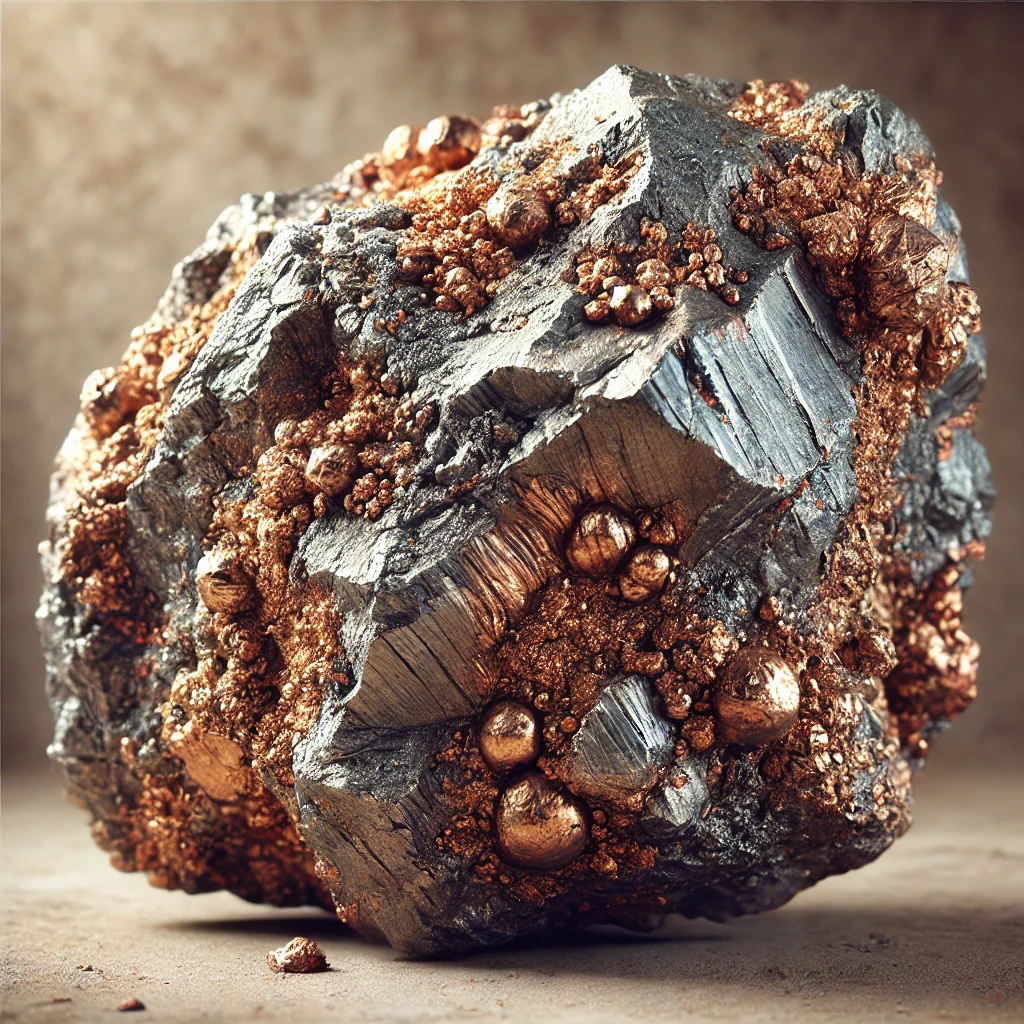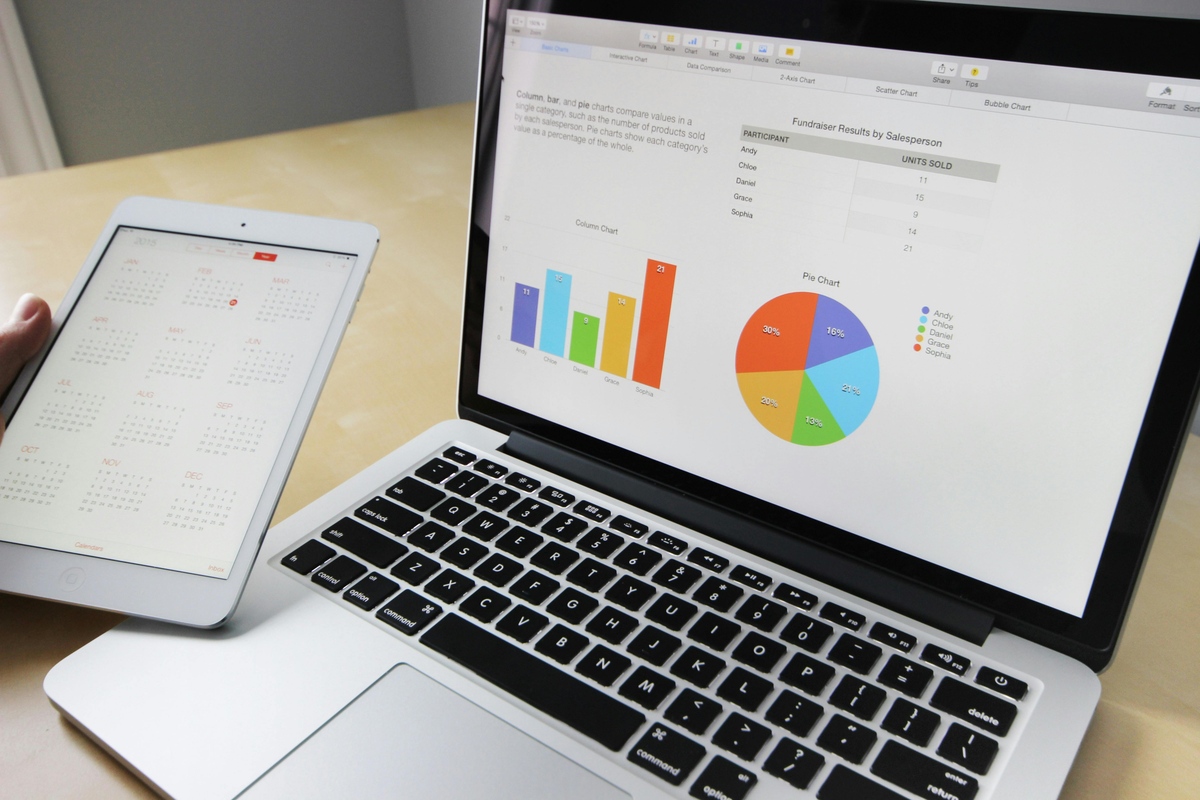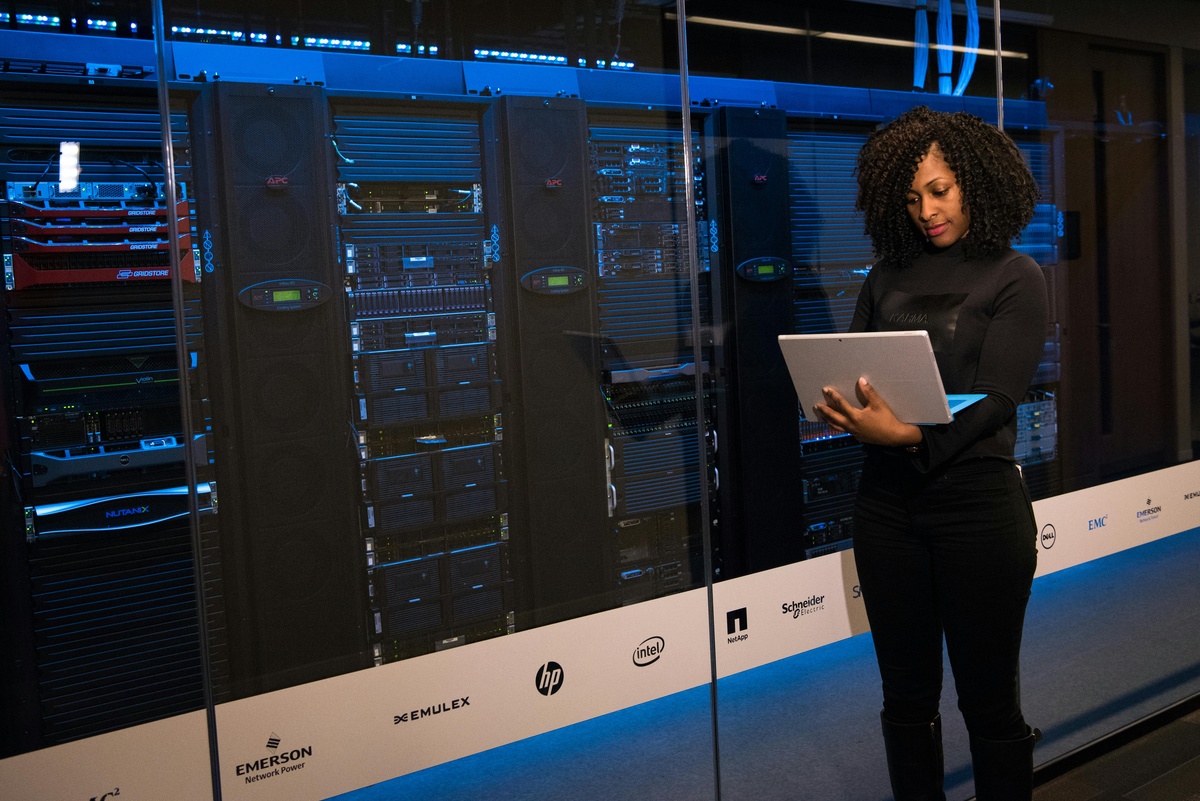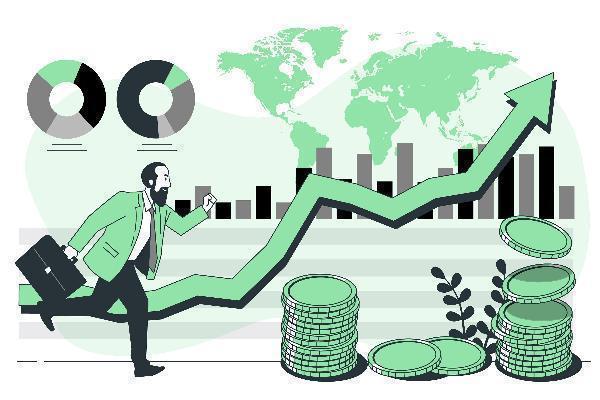The Bronze Market: An In-Depth Look at Key Players, Market Dynamics, and Challenges

The Bronze Market is an alloy primarily composed of copper and tin, has played an essential role in human civilization, evolving from its historical roots in the Bronze Age to its modern applications in a wide array of industries. This durable and versatile alloy has a high resistance to corrosion, exceptional strength, and excellent machinability, making it indispensable in manufacturing, construction, electronics, automotive, and marine industries. Today, the bronze market continues to grow steadily due to rising demand in industries that value durability and sustainability in their materials.
In this blog, we will explore the major players in the global bronze market, including Lebronze Alloys, Diehl Metall Stiftung, Wieland Metals, KME Germany, LDM, Concast Metal, National Bronze, PMX Industries, Ningbo Boway Alloy Material, and Ningbo Xingye Shengtai Group. We’ll also discuss the current market size, limitations, and challenges, and conclude with an outlook for the future of this essential industry.
Key Players in the Bronze Market
Lebronze Alloys: Based in France, Lebronze Alloys is a prominent player in the non-ferrous metal alloys sector, specializing in high-performance alloys, including bronze. Their products find applications in aerospace, automotive, oil and gas, and various other sectors requiring highly reliable materials.
Diehl Metall Stiftung: This German company has a legacy of over 100 years in non-ferrous metal processing. Known for its innovation and high-quality products, Diehl Metall Stiftung is widely recognized for its sustainable production processes and a vast product range that includes bronze alloys for various applications.
Wieland Metals: Another significant German player, Wieland Metals, has an impressive portfolio that covers multiple metals and alloys, including bronze. The company is known for supplying the automotive, electrical, and industrial sectors with quality products that meet rigorous standards.
KME Germany: KME is one of the largest manufacturers of copper and copper alloys in Europe, with an extensive bronze product line. They cater to construction, industrial, and engineering sectors, where high-performance materials are critical for longevity and durability.
LDM (Leidsche Draad Industrie): Based in the Netherlands, LDM has a strong reputation for producing precision-engineered copper and copper-alloy products. Their bronze products are often utilized in demanding applications in the marine and defense sectors.
Concast Metal: Operating in North America, Concast Metal is a well-known supplier of bronze products and continues to supply high-quality continuous cast products for customers across industries, including construction, manufacturing, and heavy engineering.
National Bronze: Headquartered in the United States, National Bronze has extensive expertise in producing custom bronze components. Known for their versatility and quality, National Bronze’s offerings are used widely in industries that require highly durable materials.
PMX Industries: As a primary supplier of copper and copper-based alloys in the United States, PMX Industries manufactures bronze alloys tailored to industries like automotive, industrial, and architecture.
Ningbo Boway Alloy Material: A leading Chinese producer, Ningbo Boway Alloy Material has been growing rapidly due to its competitive pricing and expanding production capacity, with a bronze product line that serves multiple applications.
Ningbo Xingye Shengtai Group: This company is another key Chinese player in the bronze market, known for its wide selection of high-quality bronze products. They focus on supplying the construction and industrial machinery sectors, which demand durable and reliable materials.
Market Size
As of 2024, the global bronze market is projected to be valued at approximately USD 5 billion, with steady growth anticipated in the coming years. The market has experienced growth due to the expanding demand in construction, automotive, and industrial sectors, especially in Asia-Pacific, where infrastructure development and industrial expansion continue at a significant pace. North America and Europe remain essential markets, focusing on high-quality, sustainable, and recyclable materials. The bronze market’s growth is also influenced by emerging applications in electronics and renewable energy sectors, where bronze’s corrosion resistance and durability are valued.
Limitations of the Bronze Market
Despite its versatility, the bronze market faces certain limitations that could hinder its growth potential:
Material Cost: The cost of raw materials, especially copper and tin, remains volatile due to fluctuations in the global metal markets. This price volatility directly impacts the cost of bronze production, affecting both suppliers and consumers.
Limited Raw Material Supply: Tin, a key component of bronze, is less abundant than other metals. Any disruptions in tin supply or price increases can pose challenges to bronze manufacturers, leading to cost pressures that may be passed on to end-users.
Substitute Materials: The availability of alternative materials, such as aluminum and steel, which are cheaper and more abundant, presents a significant challenge. While bronze offers distinct benefits, certain applications can achieve satisfactory results with other materials at a lower cost.
Environmental Regulations: Increasingly stringent environmental regulations on metal mining and alloy production can create hurdles for manufacturers. Compliance with environmental standards may require costly adjustments to production processes, affecting profitability.
Challenges in the Bronze Market
The bronze market also encounters several challenges beyond material limitations:
Sustainability and Recycling: With an emphasis on sustainability, companies are under pressure to use eco-friendly production methods. While bronze is recyclable, the processes involved in its recovery and refinement are energy-intensive. Meeting sustainability targets requires investing in more energy-efficient and environmentally friendly practices.
Technological Advancements: Technological innovation within other metal sectors can impact bronze demand. For example, advanced composites and alloys are increasingly being used as they often outperform bronze in specific applications, particularly in aerospace and defense industries, where lightweight materials are preferred.
Economic Uncertainty: The global economic climate significantly influences the bronze market. Economic downturns can reduce the demand for industrial products, slowing growth in the bronze market. As a raw material-intensive industry, bronze manufacturing is vulnerable to fluctuations in demand for industrial goods.
Competition from Emerging Markets: The rise of producers in emerging economies such as China and India has intensified competition, especially due to their ability to offer lower-cost products. This competition impacts traditional markets in North America and Europe, challenging established players to adapt.
Conclusion
The bronze market continues to hold strong relevance in various industries, from manufacturing and construction to electronics and maritime. Bronze’s durability, machinability, and corrosion resistance make it an alloy of choice for numerous demanding applications. Key players like Lebronze Alloys, Diehl Metall Stiftung, Wieland Metals, and others drive innovation and maintain high standards, supporting the industry’s growth.
However, the bronze market is not without its limitations and challenges. Price volatility, limited raw material availability, and competition from other metals and composites present hurdles that market players must navigate. Sustainability demands further add pressure, pushing companies to adopt greener practices that could impact production costs and operational processes.
Despite these challenges, the future of the bronze market remains optimistic. With ongoing infrastructure projects, advancements in industrial machinery, and increasing adoption in emerging economies, demand is expected to continue growing. As companies invest in innovative production techniques and sustainable practices, the bronze market is well-positioned to adapt to changing dynamics and meet the needs of the modern world. Ultimately, the bronze market’s resilience lies in its ability to evolve alongside shifting industry demands, remaining an essential material across diverse applications.
Note: IndiBlogHub features both user-submitted and editorial content. We do not verify third-party contributions. Read our Disclaimer and Privacy Policyfor details.







